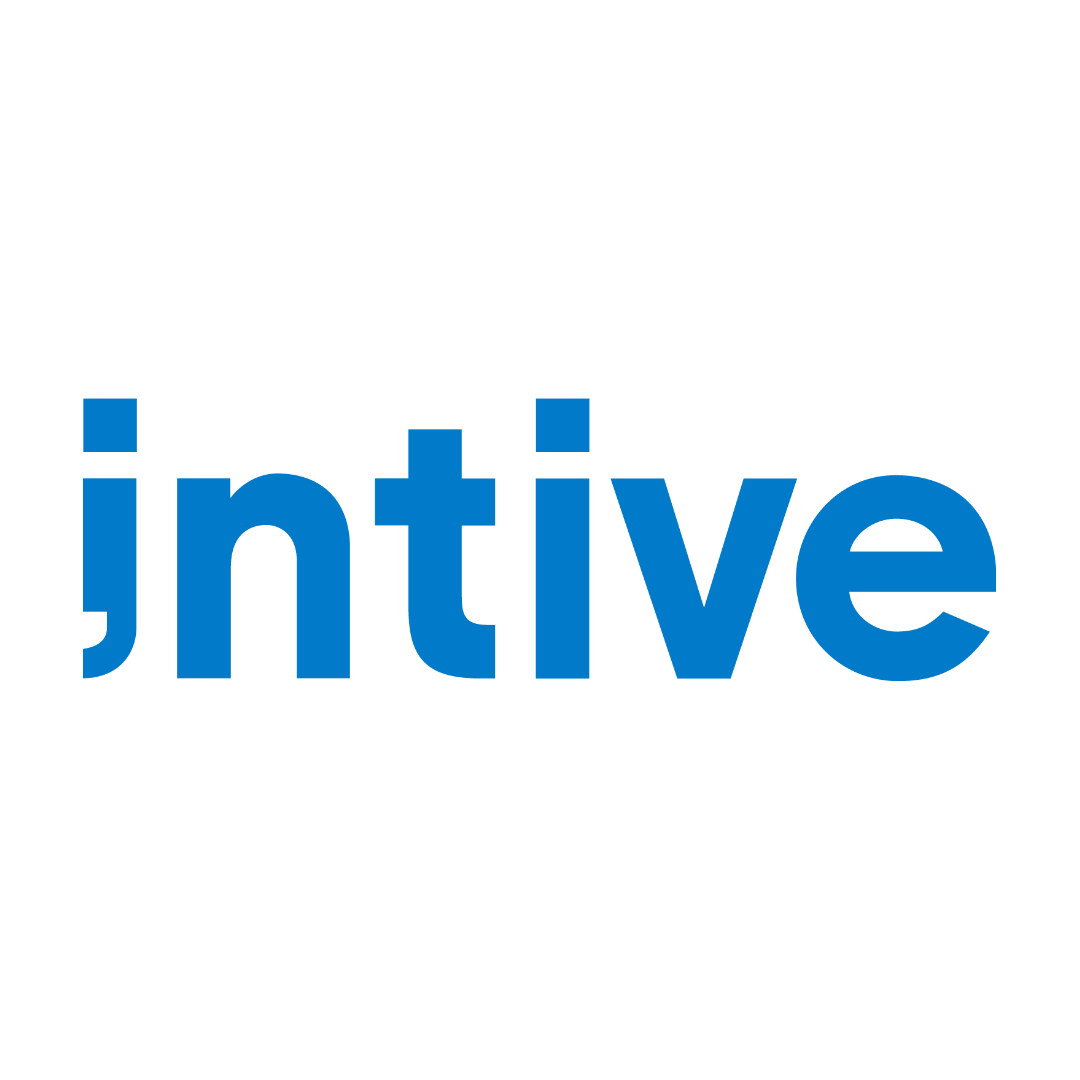Dive Brief:
- Omada Health beat Wall Street expectations on earnings and revenue in the digital chronic condition management company’s public earnings debut on Thursday.
- The firm reported revenue of $61.4 million in the second quarter, increasing 49% year over year. Omada posted a net loss of $5.3 million in the period, compared with $10.7 million during the second quarter in 2024.
- The main drivers of revenue and membership growth included more customers using multiple chronic condition programs as well as strong adoption of GLP-1 offerings and improved marketing effectiveness, CFO Steve Cook said on an earnings call Thursday.
Dive Insight:
Omada hit the public markets in early June. The company, founded in 2011, offers digital management programs for conditions like diabetes, obesity and hypertension. Care teams also work with patients to build treatment plans and equip users with connected devices like blood pressure cuffs or digital scales.
The company’s public debut is one of two recent digital health initial public offerings, which experts say serve as a positive signal for the sector’s IPO market, which has slowed to a crawl in recent years. Hinge Health, a digital musculoskeletal care firm, completed its IPO in May and also reported its first public earnings last week.
Omada argues one of the company’s strengths is its breadth of chronic condition management offerings — enticing customers tired of managing multiple point solutions.
“They see value in having a single, reliable, skilled partner, because it simplifies contracting, account management, implementation, member outreach and, most importantly, the member experience,” Wei-Li Shao, the company’s president, said on the earnings call. “It’s helped us both win new business and expand relationships with existing customers.”
The firm had 752,000 members in the second quarter, up 52% year over year. And Omada has had success growing the number of customers who offer multiple programs, Shao said.
At the end of 2024, about 31% of the company’s existing clients have multiple products installed, compared with 26% in 2024, he added.
One driver of growth has been Omada’s GLP-1 business, which already works with major pharmacy benefit manager CVS Caremark and Cigna’s EncircleRx GLP-1 program.
The in-demand and effective weight loss drugs, called glucagon-like peptide 1 agonists, can be a challenge for employers to cover, given their high price tags.
Omada argues its companion program for GLP-1s helps ensure patients continue to take the drugs and maintain weight loss. It provides support from a care team to help enrollees with side effects and nutrition guidance as well as manage concerns for patients who decide to stop taking the medications.
Still, a minority of Omada’s new members are joining for the GLP-1 care track, as most growth has come from the company’s core cardiometabolic offerings, executives said.
But members on GLP-1s might also be interested in the firm’s other products. Additionally, some employers that can’t afford to include the expensive weight loss medications as part of their benefit plans could direct workers toward Omada, CEO Sean Duffy said.
“Those HR leaders are getting emails from their employees saying, ‘How come GLP-1s are not on our benefits design?’ And it’s a nice thing for them to be able to say, ‘Look, at this point we can’t afford GLP-1s, but we’d like you to meet Omada,” he said. “In many ways, GLP-1 has become a tailwind for the broader business writ large.”
For this year, Omada expects revenue from $235 million to $241 million. The company expects adjusted earnings before interest, taxes, depreciation and amortization to be a loss between $9 million and $5 million.













